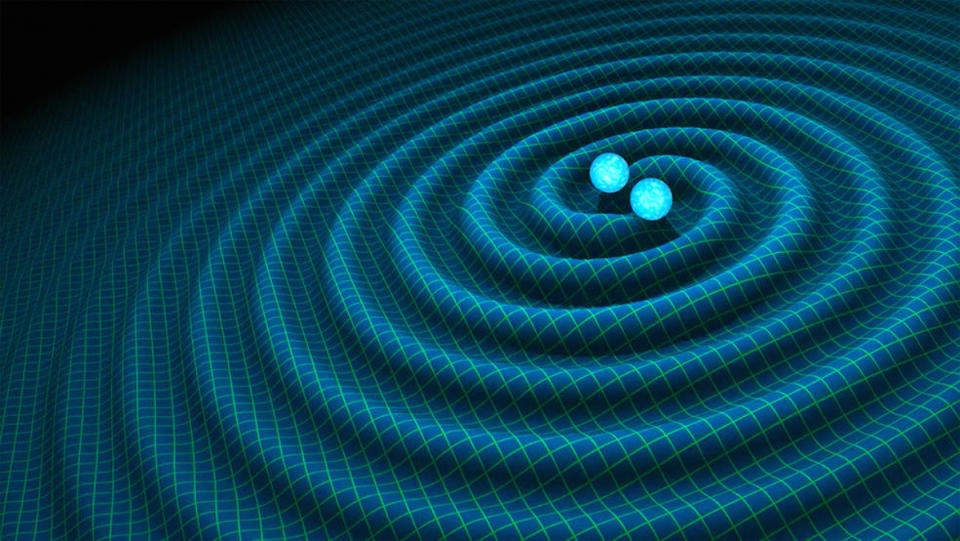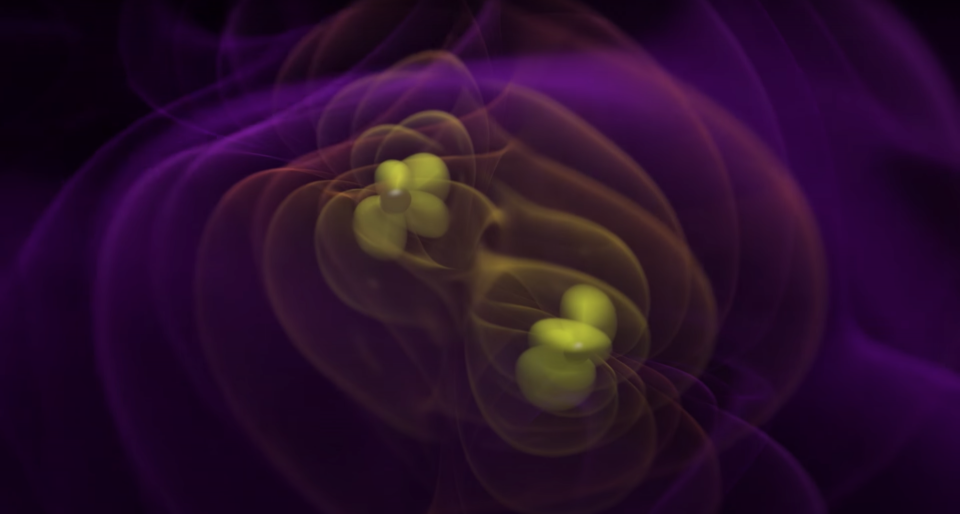Stephen Hawking’s Theory on Black Hole Surface Area Was Right
British theoretical physicist Stephen Hawking is known for his predictions regarding black holes. Hawking, for example, is famous for theorizing the idea black holes do indeed very gradually emit light over time; a phenomenon physicists refer to as Hawking Radiation. Now, new gravitational-wave analysis provides strong evidence supporting another one of Hawking’s black hole predictions. One that has to do with their ability to maintain their overall surface area in the event of a collision.

Science News reported on the new analysis, which a team of astrophysicists recently outlined in a paper published in the journal Physical Review Letters. The team studied the data the Advanced Laser Interferometer Gravitational-Wave Observatory, or LIGO, detected in 2015 coming from a pair of extremely distant, merging black holes in an attempt to find confirmatory evidence for “Hawking’s area theorem.”
The theorem, which stems from the general theory of relativity, describes changes in black holes after matter’s entered into them. Essentially, as a black hole gains more mass, it should also increase in surface area. But if newly absorbed matter also increases the black hole’s spin, that should cancel out the increase in surface area. However, the area theorem states that the increase in surface area due to additional mass will always outweigh the decrease in surface area. (This would be necessary for the conservation of information to hold.)
In the case of the LIGO data, the astrophysicists studied two merging black holes that sent gravitational waves, or ripples in the fabric of spacetime—which NASA visualizes in the unrelated video above—across the universe. The astrophysicists broke up the data into two segments; one accounting for the two black holes’ respective surface areas prior to the merger, and one for the new, singular black hole’s surface area post merger. And, upon studying the data, found the post-merger black hole did indeed have a larger surface area. One that was, in fact, bigger than that of the two, previously separate, black holes combined.
These findings are “an exciting hint that black hole areas are something fundamental and important,” astrophysicist Will Farr, a co-author of the study from Stony Brook University in New York, told Science News. MIT astrophysicist Maximiliano Isi, another study co-author, added these findings are an example of general relatively explaining the world flawlessly. Although whatever happens inside of a growing black hole is still a complete mystery.

NASA
The post Stephen Hawking’s Theory on Black Hole Surface Area Was Right appeared first on Nerdist.